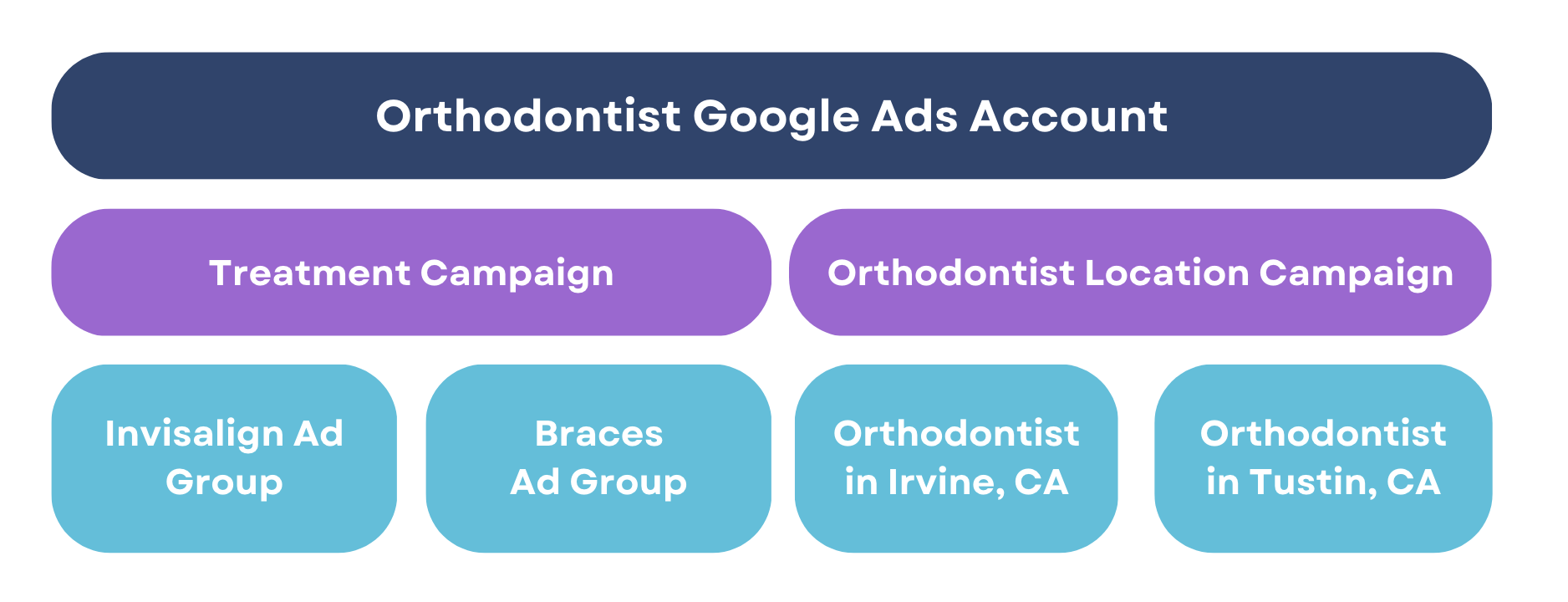Are your Google Ads seeing little to no conversions? While it’s tempting to give up on your campaign completely, don’t do that quite yet.
Many advertisers face common hurdles and issues when it comes to generating more conversions. In this article, we’ll take a look at the most common reasons why a Google Ads campaign is not converting and what you can do to fix it.
1. Insufficient Budget
If your Google Ads are not converting, it could be because you need to increase your budget. Remember, you have to spend money to make money.
Many advertisers make the mistake of restricting their budget to a point where their ads are not competitive. If your budget runs out, Google will not show you ads when your ideal customers are looking for the product or services you provide.
If you’re facing the dreaded “limited by budget” issue on your account, it’s time to take action.
How to solve: Increase your daily budget or increase your bids.
Use the Google Keyword Planner to see what the Top of the Page bid is. It will give you low and high range bidding prices, which help you determine the sweet spot. You can also look at the average CPC and multiply by that how many clicks you want to get per day (5-10+ is the sweet spot) to determine your daily budget.
2. Poor Account Structure
One common culprit of low Google Ads conversions is poor account structure. Many new advertisers, especially DIYers, are victims of this.
Poor account structure leads to a low ad relevancy score. This means Google will be hesitant to serve your ad and then you’ll have to bid more for a top spot!
Avoid cramming many keywords into one ad group or a surplus of ads vying for attention. It’s like a chaotic party where everyone’s talking over each other.
The problem with this setup is that your keywords end up competing against each other.
How to solve this issue: Limit the number of keywords and ads in your ad groups and campaigns.
- Keep it tidy with 2-3 ads per ad group, and don’t go overboard with more than 10 keywords in a single ad group.
- For campaigns, limit yourself to 7-10 ad groups.
Let’s take a quick peek at a good account structure example. One campaign is focused on treatment keywords while the other is focused on locations. From there, we group the keywords based on similarities rather than putting them all in one ad group.

3. Not Targeting the Right Keywords
You may find yourself in one of two common situations.
- Targeting too many low-intent, broad-match keywords that cast a wide net but bring in irrelevant traffic
- Focusing too much on long-tail, high-intent keywords that have zero searches.
Keyword selection is a critical part of your campaign and may take a little more thought than you may think. Choosing the wrong keywords can cost you a lot of money and time.
How to solve this issue: Take a second look at your keywords.
This means closely evaluating keywords that aren’t performing well. How much monthly search volume does it have? What search terms are triggering your ads to appear?
You may have to conduct additional keyword research to find better options that align with your target audience’s intent. Ideally, you’ll want to select keywords with at least 20 searches per month.
Consider pausing certain keywords that aren’t delivering results and reallocate your budget to ones that show promise.
4. Your Campaign is Brand New
Excited to see conversions ASAP? That’s not the right expectation to have with a brand new Google Ads campaign.
Many new advertisers make the mistake of thinking conversions will come overnight.
In fact, it will take at least 45 days to see some actionable results. Google Ads campaigns need time to gather data and momentum. While you wait for those conversions, you actually need to focus on reviewing other data in your campaign.
How to fix this issue: Give your campaign more time!
- Track your impressions and clicks. Review your search terms.
- Wait at least 45 days before making additional big adjustments.
5. Ad Copy Needs Work
If you’re seeing plenty of impressions but limited to no clicks, it’s time to assess your ad copy.
Limited to no clicks mean your ad isn’t resonating with searchers. Users are not excited to sign up for your services or reach out to your business.
Luckily, this is an issue that can be fixed easily. You’ll want to incorporate your unique selling points and address customer pain points.
How to solve this issue: Re-write your ad copy and test it.
- Your ad needs to resonate with your target audience by speaking directly to their needs and desires.
- Include the keyword you’re targeting in your ad copy to boost your ad’s quality score. Ideally, it should be in the first headline
- Stuck on what to say? Start by analyzing what your competitors are doing. Use AI tools like ChatGPT to generate ideas based on your unique selling points and customer pain points.
Closing Thoughts
Your campaign may have more than one issue, so go through each of the common issues in this article carefully to see why your Google Ads are not converting. Remember, it’s a continuous process of testing, optimizing, and refining to achieve better results.
If you continue to have issues with your ads, reach out to Level 28 Media for a discovery call and an audit of your Google Ads account.

Michelle Kop is a marketing consultant and award-winning pay-per-click marketing strategist. She has over 8 years of professional paid advertising experience in Google and Microsoft Ads, with a specialization in lead generation for B2B and B2C companies.
After working in corporate marketing with Fortune Global 500 Brands like Toyota and BP, Michelle founded Level 28 Media, a lead generation micro-agency for small to medium businesses.


